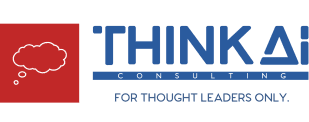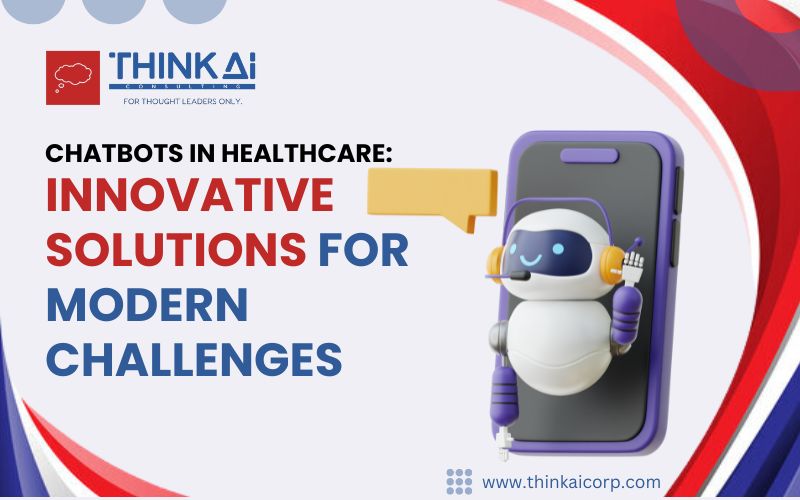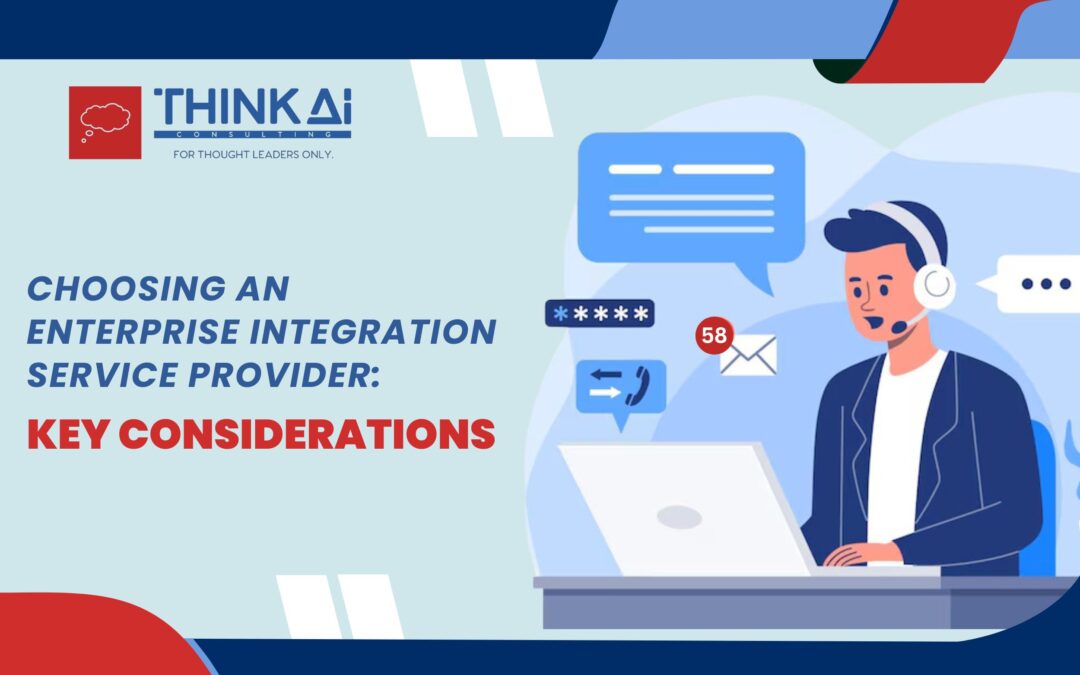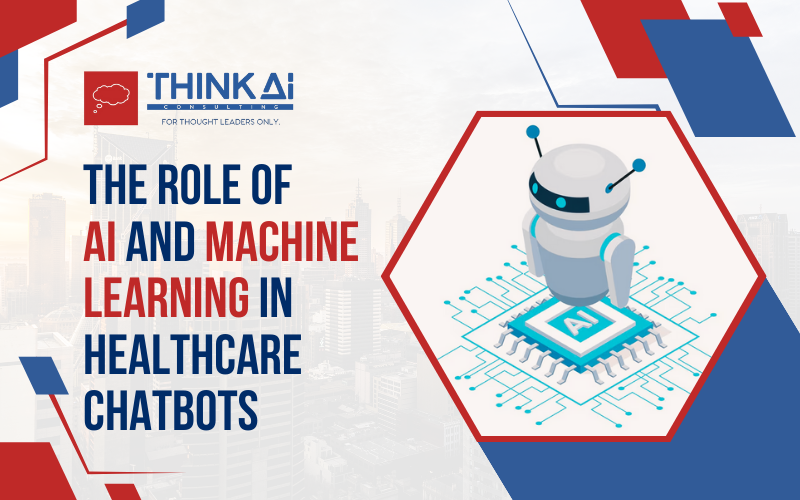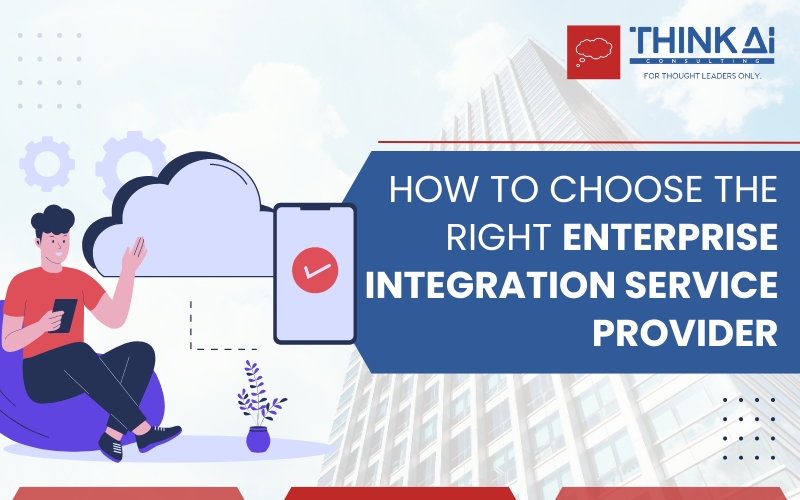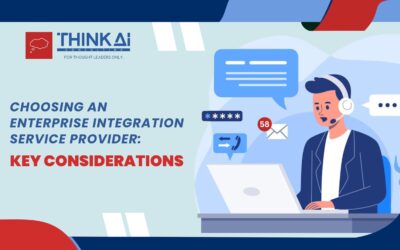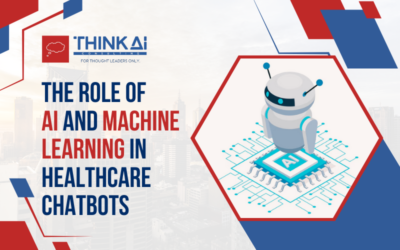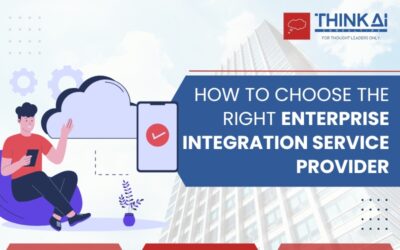- Train the trainer – Utilize the internal team to take the lead, get information, and then use employees internally to train others.
- Information sharing – What will be the format of training?
- Where the information will be kept or what the information repository is going to be. An example of an information repository could be a video which could be streamed or shared folders which have all the documents.
- Will there be a tool used for the training?
- Frequency of training? Make it a habit to do it regularly, monthly or weekly basis, whatever is possible.
- Continuous improvement. As people discover new improvements, make it a habit to document and make it available your team members, which will help them learn on their own and guide them. Also, keep improving the training material, make it fun, make it rewarding if people clear some training course by rewarding them.
- Keep it interactive and use the latest technologies: For instance, you can utilize AI-based chatbots just like Siri or Alexa, which can be a quick way of interacting with content for training purposes. The advantage of the Bot is if it doesn’t know the answer, it will record what people were asking so you can keep feeding it more information regularly and how work is going on the training Bot. When you have a training management portal or kind of a tool instead of using a conversational technology AI, those questions which were asked will not be captured because you don’t know what people were thinking. But with the bot, you can know what people were thinking.

Manish works primarily with implementing cutting-edge technology for thought leaders who can envision moving their company into the future of business. These technologies include application of Artificial Intelligence, chatbots, Business Intelligence, and Data Analytics through Power BI. He is your ideal partner to guide you through a complex technology transition in your business.
President of International Association of Microsoft Channel Partners (IAMCP) SoCal
Strong focus on customer service with a history of A++ client satisfaction
Awarded the 2019 IAMCP SoCal Partner Choice Award
Awarded the ABAOC 2019 Presidential Award of the year

